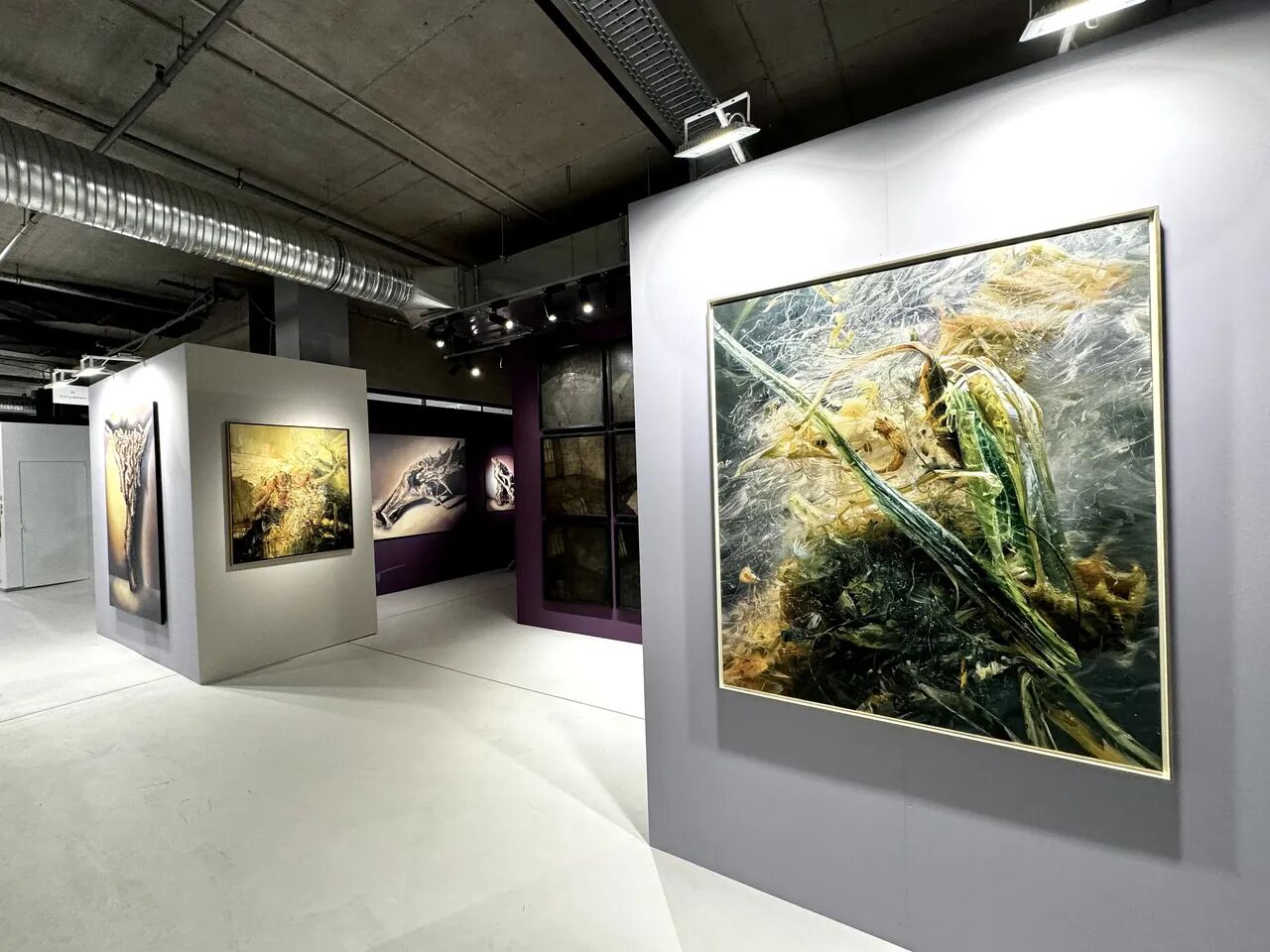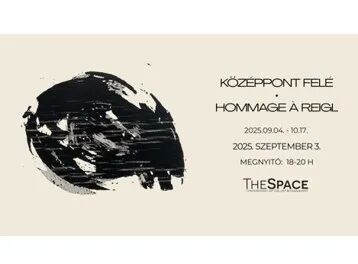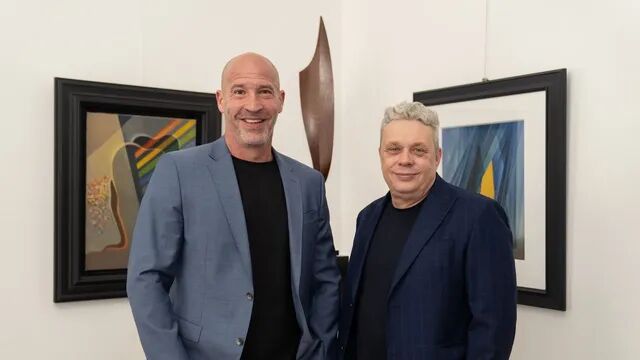Péter Horn managed to capture the attention of visitors at the Budapest Contemporary art fair at the end of September with his collection exhibition, even though he left the works of Judit Reigl, Ferenc Fiedler, and István Sándorfi at home.
While previous statements about the Horn Collection have mostly focused on these prominent artists, for the capital’s major contemporary art event, Horn showcased works by three young painters at the start of their careers, alongside the pieces by Dezső Váli.
"As anyone interested in contemporary art will visit here, we thought this is a great platform for young artists to introduce themselves," said Péter Horn. Interestingly, he revealed that his initial, instinctive thought was to bring along works by Reigl, Fiedler, and Sándorfi, but he rejected that idea because it would have been too much of a "safe play."
Judit Reigl, one of the leading European figures in surrealism and abstract expressionism, recently sold one of her paintings for 44 million HUF in Hungary (though at Sotheby's Paris branch, one of her works had previously fetched nearly 100 million HUF). Fiedler’s key abstract works are often valued in the millions of HUF as well.
It is also worth noting that Fiedler was discovered by the world-famous Joan Miró, who became his patron. In 2012, Fiedler was the only European artist featured in a curated exhibition celebrating Jackson Pollock’s 100th birthday, showcasing 13 selected works.
However, Péter Horn also proved that he is not just talking about trying to give something back with the opportunities available to him.
At the Horn Collection’s stand, in addition to Váli's works, there were paintings by three young artists: György Király (born in 1982 in Szolnok), with his still lifes, Botond Kuti (born in 1984 in Târgu Mureș), whose works are marked by pulsating, ever-present anxiety, and Róbert Lak (born in 1994 in Subotica), known for his distorted human figures.
As Horn explained, his approach was intentional: on the one hand, he was driven by a treasure-hunting desire, and on the other hand, he felt it was important to support young artists because "if I don't keep their advancement in mind, it would be a bad example."
Furthermore, he was attracted by the challenge of integrating them into his collection. Kuti’s dynamic and expressive paintings, for example, reminded him of Fiedler’s works and Reigl’s pieces, while Király’s art seemed to fit well within Váli's world. Horn is convinced that the dialogue between these paintings will eventually lead to "very exciting things."
Kuti, speaking to the cultural supplement of the Transylvanian Krónika newspaper, once described his artistic approach as someone who "brazenly examines a work's surface and material at close range during an exhibition, searching for hidden gestures and the secret relationships and proportions within the layered paint." His thematic choices also align with the widest possible exploration of these technical methods.
At the stand, Horn’s team aimed to create both a quiet and an intense world simultaneously, where the works not only interact with each other but also create a dynamic unlike anything else.
The feedback was overwhelmingly positive; the praise was directed both at the bold color choices for the stand — which incorporated different shades of purple on the walls, rather than sticking to a traditional white cube approach — and, of course, at the selection of artists.
When expanding his collection, Horn continues to prioritize personal affection for the works; for him, it is essential that the artwork appeals to him personally. He also shares the belief expressed by Fiedler: "If a work of art evokes enthusiasm, it has achieved its goal; if not, it remains just decoration." As the stand designed by curator Csenge Lantos revealed, younger Hungarian painters are now in the spotlight, and according to Horn, this is likely to remain the case in the coming years.
The works by György Király, Botond Kuti, and Róbert Lak, alongside Dezső Váli’s, demonstrated their impact at the fair, as the audience could clearly see.
Several of the paintings are featured on the collection’s unique, continuously updated Instagram page, which can be accessed here.




